I live in a country where the climate is described as temperate. This is just another euphemism for not so great weather! Typically, the seasons sort of merge together and the annual rainfall can dampen anyone’s spirits, pun intended.
It was when living in Paris, France for a couple of years that I truly understood the real meaning of the four seasons. Spring in Paris is actually spring – chilly but with clear blue skies and sunshine. And in summer, my favorite season, it is gloriously hot.
Rain and water, in general, are not a good mix when it comes to camera equipment, especially when it comes to your camera bodies and lenses. But there are times when you can get caught literally out in the rain. So what do you do? Panicking is an option, albeit not a practical solution.

In this article, I aim to provide some useful tips to keep you and your gear protected from the elements. The following tips are for when you find yourself caught out in a light rain shower that doesn’t last long, but want to stay on location to continue shooting.
The first thing to do before stepping outside your door is to check the weather forecast. If you have to travel to your chosen destination, the weather may change when you arrive, so be prepared for that. Most smartphones have a weather app built-in. I recently downloaded the rain radar app. It’s free too (for Android here – for iOS as well, just search for the right one for your area).
5 Useful items to have in case it rains
- Rain pack and a towel
- Lens hood
- Camera rainsleeve or a Ziplock bag
- Silica gel packs
- Umbrella

Hiking boots plus my stuff bag which has my waterproofs and a towel.
Preparation is key here. Inevitably, when shooting outdoors, you are at the mercy of the weather. I have a designated rain pack that I can throw into the boot (trunk) of my car along with my hiking boots. I use this type of bag so as I can stuff my waterproofs and towel inside at short notice. Plus, the bag itself takes up so little space for storing away afterward.

My waterproofs & hiking boots ready to go in the boot of my car

My handy stuff bag, otherwise known as a dry bag for storing scuba fins!
The towel is for wiping surface water off your gear, especially your tripod legs, before collapsing the legs down. Or indeed yourself!

Handy anti-rain items for cameras
The humble lens hood can sometimes get overlooked for its usefulness. This small lightweight bit of plastic is key in not only preventing unwanted strong light hitting the lens at an angle, which produces lens flaring and ghosting. It can also help stop the rain from hitting the front of the lens element. Another bonus for the lens hood is protecting your expensive glass against a fall or knock.
Another permanent fixture in my camera bag is the camera rainsleeve by OP/TECH USA. However, I haven’t yet had to use it but knowing that it’s there is reassuring. It is probably the cheapest camera gear item you will ever buy. I think it’s worth paying $ 6.95 USD. It is inexpensive and takes up so little room in your camera bag. Of course, you can always improvise and use a ziplock bag instead.

Camera Rainsleeve by OP/TECH USA – a great inexpensive solution to protect your camera in the rain.
Moisture absorbent silica gel packets, the little 5g packets that are used for storage or dispatch of electronic products. I tend to keep them when I get a parcel delivered, so I have a couple in my camera bag at all times. You can also buy these silica gel packs online quite cheaply too.

Silica Gel Sachets – a handy item in your camera bag for keeping moisture away from your camera. Just make sure to check them from time to time for wear and tear. Inside the sachets are very small hard translucent gel balls, which can get lodged in unusual places.
Tip: Do check these little sachets from time to time for wear and tear. Recently, I had one split open not in my camera bag but in my laptop case. I tried to insert a flash drive into the USB Port. The USB key wouldn’t insert completely. Thankfully, I didn’t try to force it. I couldn’t see anything obvious when I checked the USB Port. However, when I got a flashlight to have a better look. I could see this very small translucent ball stuck in the corner. Luckily, I was able to get it out without damaging the USB Port.
Cover yourself too
Last but not least on my list is the ubiquitous umbrella. If you are by yourself, you might be able to hold a small umbrella to protect your camera while shooting. A little awkward at best but it could work in a pinch. On the other hand, if you are with someone else. It’s ideal, as he/she can hold the umbrella over you and your camera.
Umbrellas also act to protect your subjects from getting wet. On one occasion, I used my shoot-through-white umbrella to protect my model from getting wet. It also acted as a great backdrop for the shot.

Girl holding a white see thru umbrella that I used to keep my model dry and it provided a great backdrop too.
Tip: An umbrella can be used as a great prop for an image. For example, a red umbrella or a differently shaped umbrella can really add an interesting dimension to your image.
Summary
Shooting outdoors does indeed bring its own challenges but with a bit of planning and having a few essential items to hand, all may not be lost. We can’t control the weather, so at best all we can do is prepare for it.
For example, for the shot of the Sony camera inside the waterproof case (see top photo). The camera is sitting on the bonnet (hood) of my car and I was nice and dry underneath the front porch of my house four feet away. If the rain persists or is simply too heavy to venture out, use this time to take actual shots of the rain against the window of your house or car.
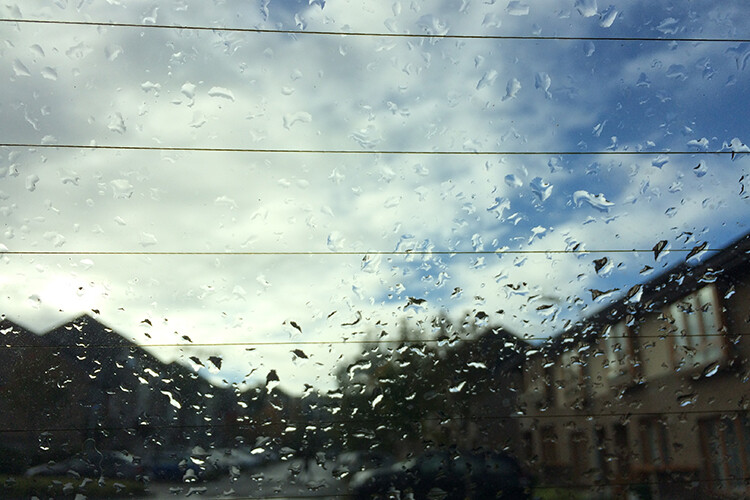
Before

After

Before

After
What makes these shots more interesting is the type of background and the light reflecting off the rain droplets. For example, in the following image. I was in my own car and shot the car in front of me with my iPhone. I switched the wipers off to let the rain build up on the windscreen. The lights from the oncoming traffic gave it this Blade Runner abstract type shot.

Before

After
Disclaimer: I wasn’t driving the car when I took these shots. The traffic was at a standstill.
I hope you found this article useful. I’d love to hear your tips and advice on how you battle the elements when out shooting in the rain or other inclement weather. Please leave your comments below.
The post What to do When it Starts to Rain – Are you Prepared to Keep Shooting? by Sarah Hipwell appeared first on Digital Photography School.

Digital Photography School





















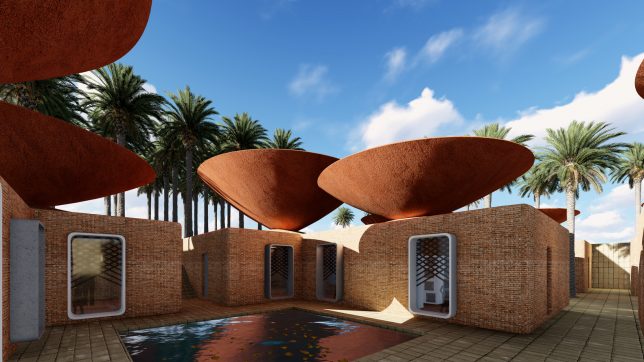

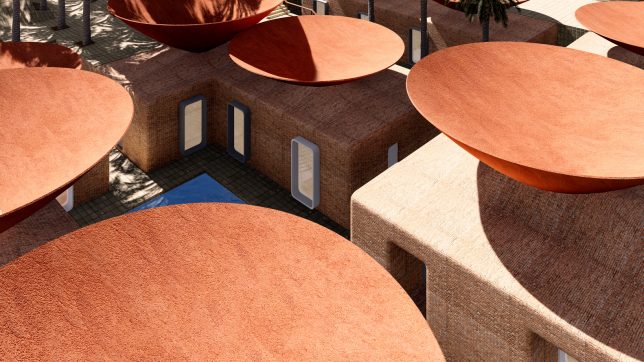


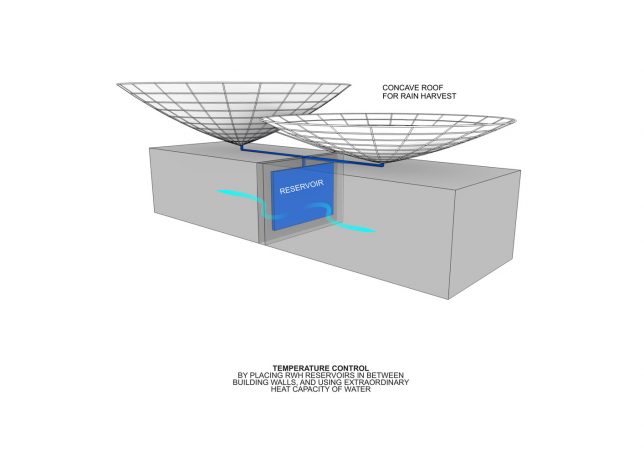
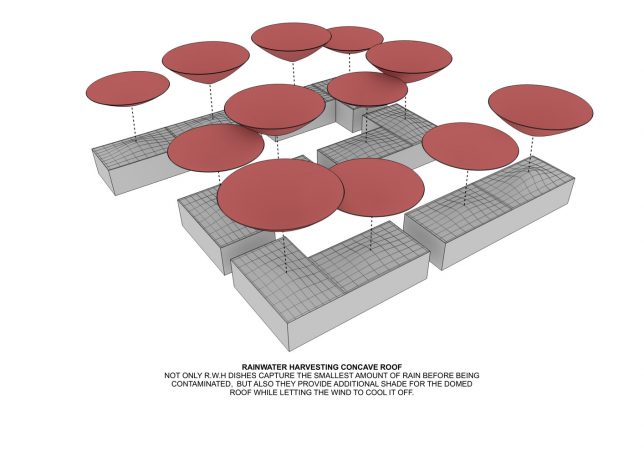
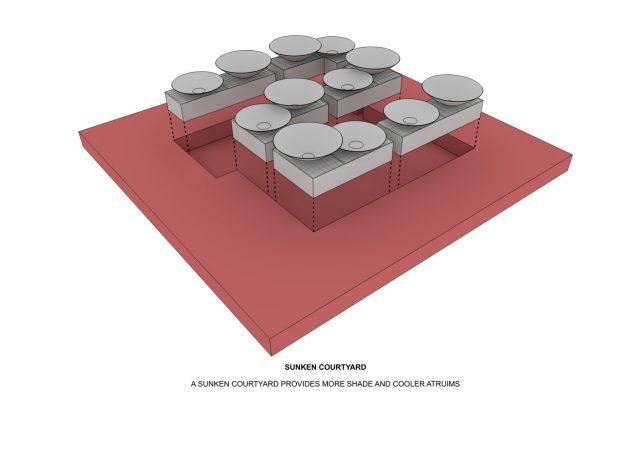
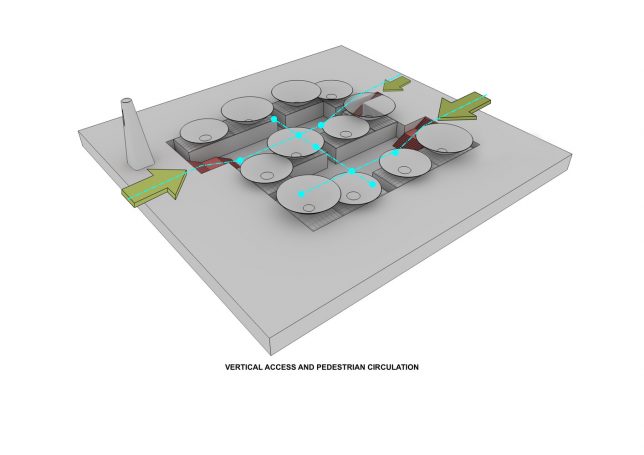












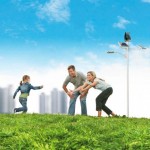
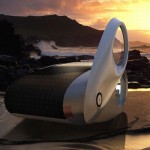
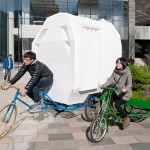




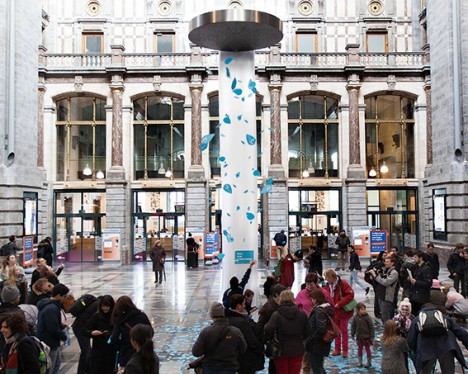

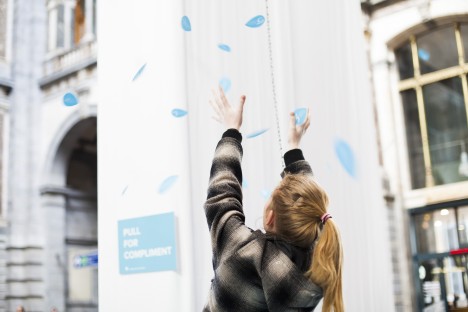
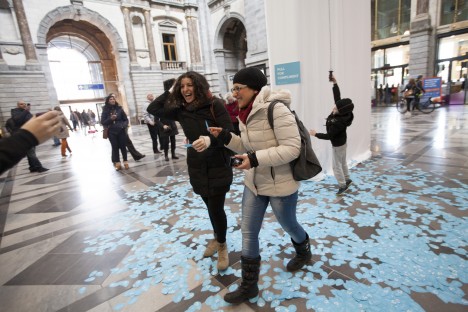











You must be logged in to post a comment.